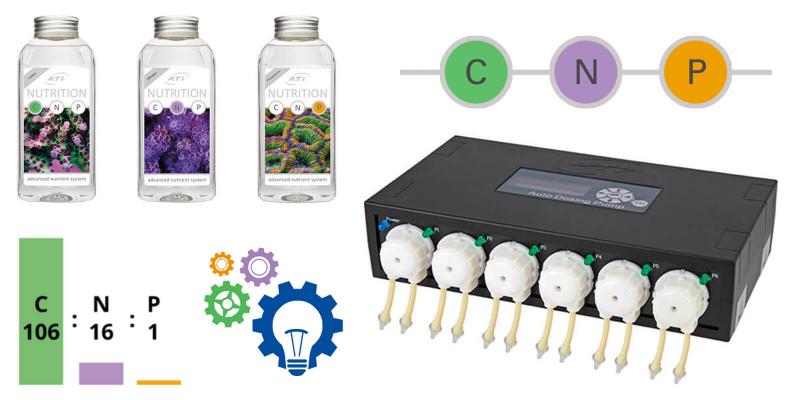Randy Holmes-Farley
Reef Chemist
View Badges
Staff member
Super Moderator
Excellence Award
Expert Contributor
Article Contributor
R2R Research
My Tank Thread
- Joined
- Sep 5, 2014
- Messages
- 67,160
- Reaction score
- 63,511
Am not debating, am just stating that P is only a limiting factor to the other nutrients wend its zero, I’ve included GFO a few comments back, it’s a alternative to the increase of the nutrient C and N doing the same job. GFO it’s a standard procedure in reefing and the formula accounts for that.
In a published study using normal seawater containing 0.012 ppm N (partly ammonia and partly nitrate) and 0.012 ppm phosphate, one species of macroalgae was phosphate limited for growth, and eight species were N limited. These limiting factors were evaluated by dosing them and observing what effects enrichment had.
I do not see how ratios or equations would have predicted this experimental observation.



















